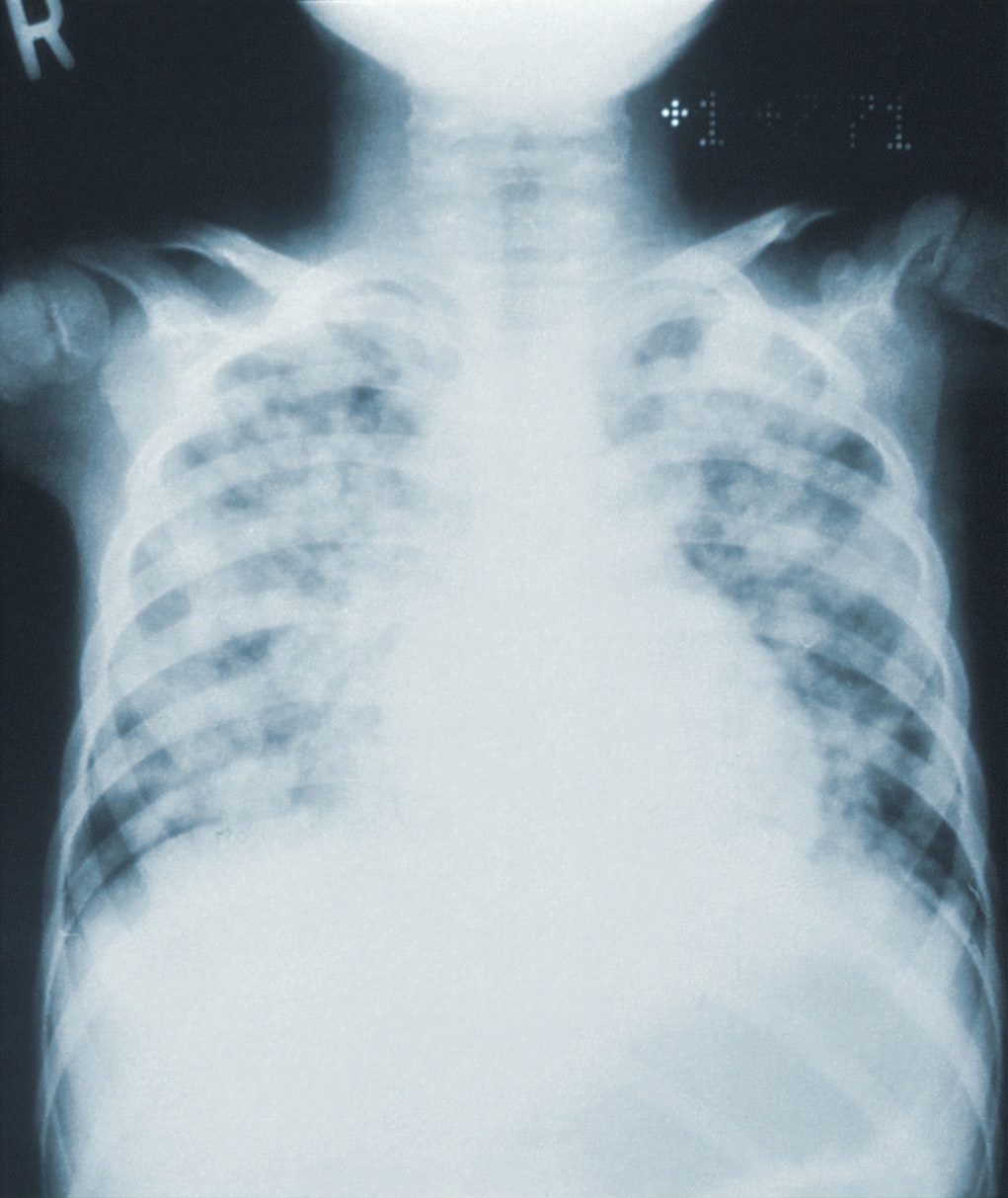
Published 2022-04-19
Keywords
- Community Acquired Pneumonia,
- Hospital Acquired Pneumonia,
- Ventilator Acquired Pneumonia,
- Empiric Treatment
How to Cite
Copyright (c) 2021 McGill Journal of Medicine

This work is licensed under a Creative Commons Attribution-NonCommercial-ShareAlike 4.0 International License.
Abstract
Pneumonia is a leading cause of morbidity. Pneumonia is defined as a lung inflammation of infectious etiology. It can be subcategorized into Community Acquired Pneumonia, Hospital Acquired Pneumonia and Ventilator Acquired Pneumonia. Validated scores including the CRB-65, CURB-65 and PSI can guide decision-making between inpatient and outpatient management of pneumonia. While mild presentations can be managed through empiric treatment alone, more acute cases require identification of the infectious agent, initiation of empiric therapy, and subsequent de-escalation of treatment to the identified pathogen. This article aims to provide a framework for junior trainees to diagnose and manage pneumonia.
Downloads
References
- Metlay JP, Waterer GW, Long AC, Anzueto A, Brozek J, Crothers K, et al. Diagnosis and Treatment of Adults with Community-acquired Pneumonia. An Official Clinical Practice Guideline of the American Thoracic Society and Infectious Diseases Society of America. Am J Respir Crit Care Med. 2019; 200(7):e45–67.
- Pahal P, Rajasurya V, Sharma S. Typical Bacterial Pneumonia. In: StatPearls [Internet]. Treasure Island (FL): StatPearls Publishing; 2020 [cited 2021 Feb 11]. Available from: http://www.ncbi.nlm.nih.gov/books/NBK534295/.
- Institut national d’excellence en santé et en services sociaux. Pneumonie acquise en communauté chez l’adulte [Internet]. 2017. Available from: https://www.inesss.qc.ca/fileadmin/doc/CDM/UsageOptimal/Guides-serieI/INESSS_Annexes_Rapport_GUO_PAC.pdf.
- Kaysin A, Viera AJ. Community-Acquired Pneumonia in Adults: Diagnosis and Management. AFP. 2016; 94(9):698–706.
- Gadkowski LB, Stout JE. Cavitary Pulmonary Disease. Clin Microbiol Rev. 2008; 21(2):305–33.
- Self WH, Courtney DM, McNaughton CD, Wunderink RG, Kline JA. High Discordance of Chest X-ray and CT for Detection of Pulmonary Opacities in ED Patients: Implications for Diagnosing Pneumonia. Am J Emerg Med. 2013; 31(2):401–5.
- Long L, Zhao H-T, Zhang Z-Y, Wang G-Y, Zhao H-L. Lung ultrasound for the diagnosis of pneumonia in adults. Medicine (Baltimore) [Internet]. 2017 [cited 2021 Feb 11]; 96(3). Available from: https://www.ncbi.nlm.nih.gov/pmc/articles/PMC5279077/.
- Torres A, Lee N, Cilloniz C, Vila J, Eerden MV der. Laboratory diagnosis of pneumonia in the molecular age. European Respiratory Journal. European Respiratory Society; 2016; 48(6):1764–78.
- Sattar SBA, Sharma S. Bacterial Pneumonia. In: StatPearls [Internet]. Treasure Island (FL): StatPearls Publishing; 2020 [cited 2021 Feb 11]. Available from: http://www.ncbi.nlm.nih.gov/books/NBK513321/.
- Musher DM, Roig IL, Cazares G, Stager CE, Logan N, Safar H. Can an etiologic agent be identified in adults who are hospitalized for community-acquired pneumonia: results of a one-year study. J Infect. 2013; 67(1):11–8.
- Watkins RR, Lemonovich TL. Diagnosis and Management of Community-Acquired Pneumonia in Adults. AFP. 2011; 83(11):1299–306.
- Froes F. PSI, CURB-65, SMART-COP or SCAP? And the winner is... SMART DOCTORS. Pulmonol. Elsevier; 2013; 19(6):243–4.
- Kieninger AN, Lipsett PA. Hospital-Acquired Pneumonia: Pathophysiology, Diagnosis, and Treatment. Surgical Clinics of North America. 2009; 89(2):439–61.
- Kalil AC, Metersky ML, Klompas M, Muscedere J, Sweeney DA, Palmer LB, et al. Management of Adults With Hospital-acquired and Ventilator-associated Pneumonia: 2016 Clinical Practice Guidelines by the Infectious Diseases Society of America and the American Thoracic Society. Clinical Infectious Diseases. 2016; 63(5):e61–111.
- Gunasekera P, Gratrix A. Ventilator-associated pneumonia. BJA Education. 2016; 16(6):198–202.
- Gauer R. Early Recognition and Management of Sepsis in Adults: The First Six Hours. AFP. 2013; 88(1):44–53.
- Garvia V, Paul M. Empyema. In: StatPearls [Internet]. Treasure Island (FL): StatPearls Publishing; 2020 [cited 2021 Feb 11]. Available from: http://www.ncbi.nlm.nih.gov/books/NBK459237/.
- Kumar ST, Yassin A, Bhowmick T, Dixit D. Recommendations From the 2016 Guidelines for the Management of Adults With Hospital-Acquired or Ventilator-Associated Pneumonia. P T. 2017; 42(12):767–72.
- Hanson KE, Caliendo AM, Arias CA, Hayden MK, Englund JA, Lee MJ, et al. The Infectious Diseases Society of America Guidelines on the Diagnosis of COVID-19: Molecular Diagnostic Testing. Clinical Infectious Diseases [Internet]. 2021 [cited 2021 Feb 11]; (ciab048). Available from: https://doi.org/10.1093/cid/ciab048.
- Rynda-Apple A, Robinson KM, Alcorn JF. Influenza and Bacterial Superinfection: Illuminating the Immunologic Mechanisms of Disease. Infection and Immunity. American Society for Microbiology Journals; 2015; 83(10):3764–70.




